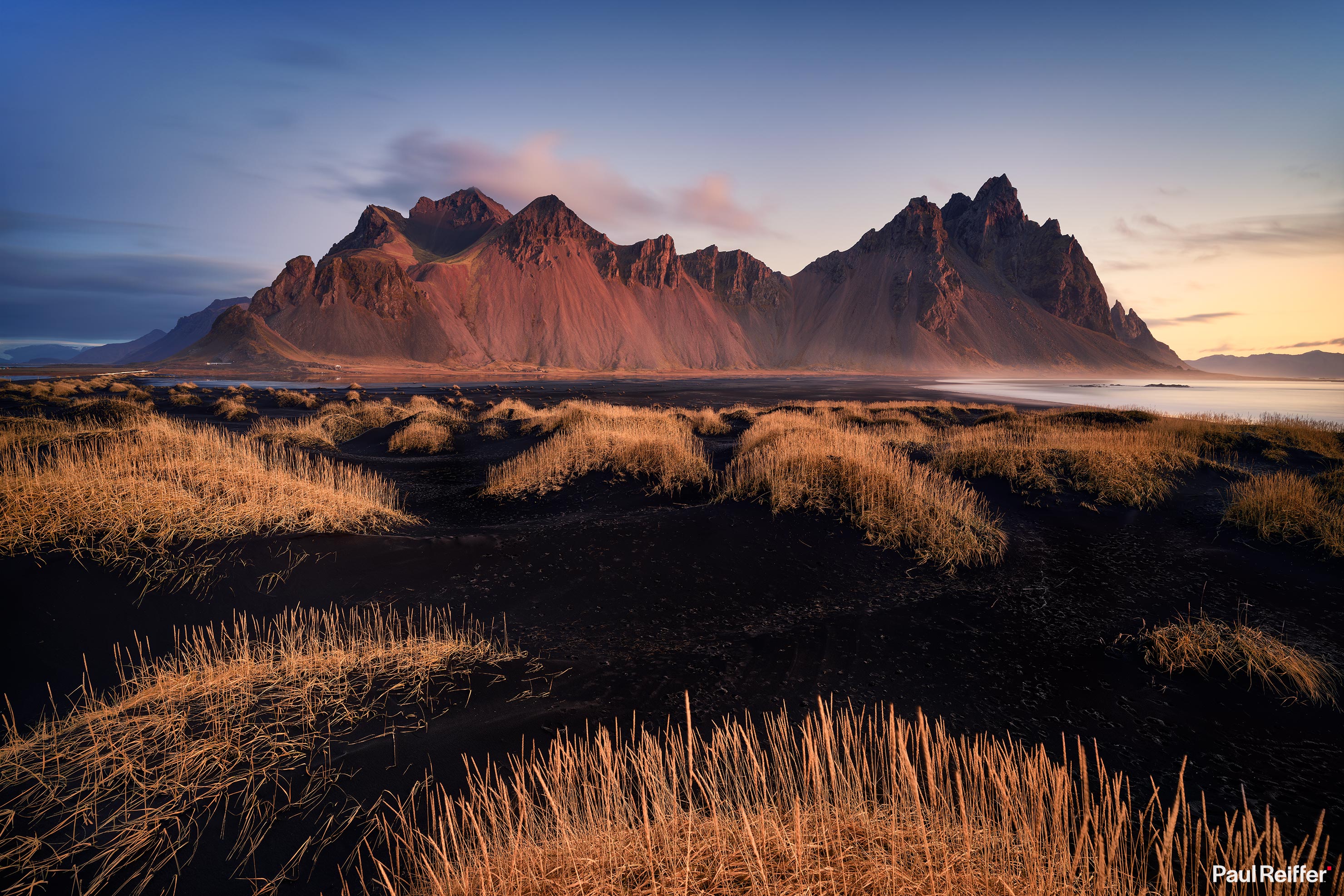Speak to your average “long weekend” visitor to Iceland about the main attractions, and the usual suspects will almost always be rolled out: The standard “golden triangle” tour of Þingvellir, Geysir and Gullfoss, with the slightly more adventurous possibly adding Skogarfoss, Jokulsarlon and possibly Kirkjufell into the mix.
To me, however, a lot of Iceland’s magic lies in the East, the North-East and up into the Westfjords – and you really don’t need to go that much further out in order to find one of the country’s most iconic mountains that many seem to miss: Vestrahorn.
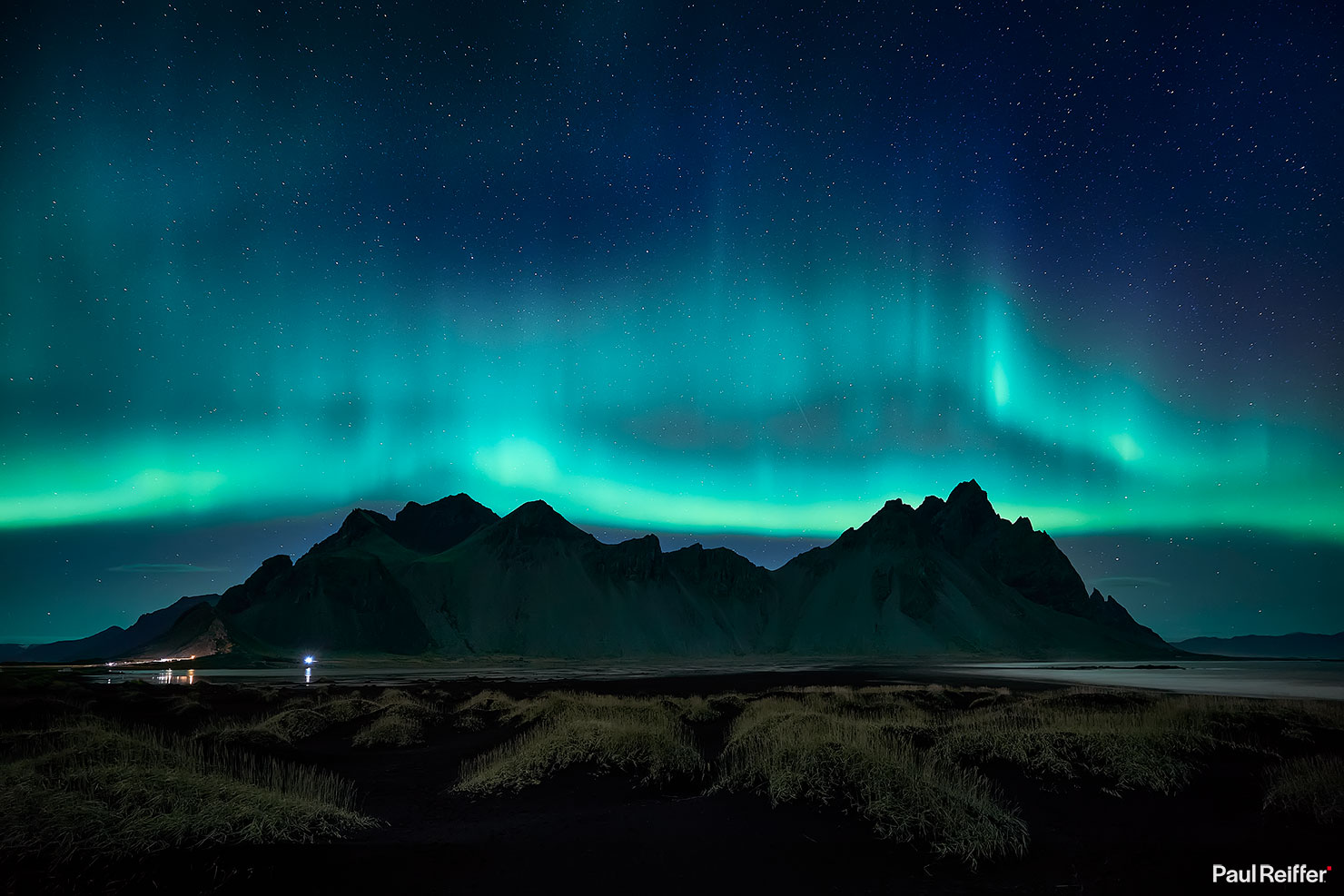
Sure, it’s a good 7 hour drive from Reykjavik – but you’ll pass many of the “big sights” along the way – so why not aim a bit beyond the ever-expanding Jokulsarlon parking lot next time and take a look back at these incredible shapes from across the Stokksnes causeway?
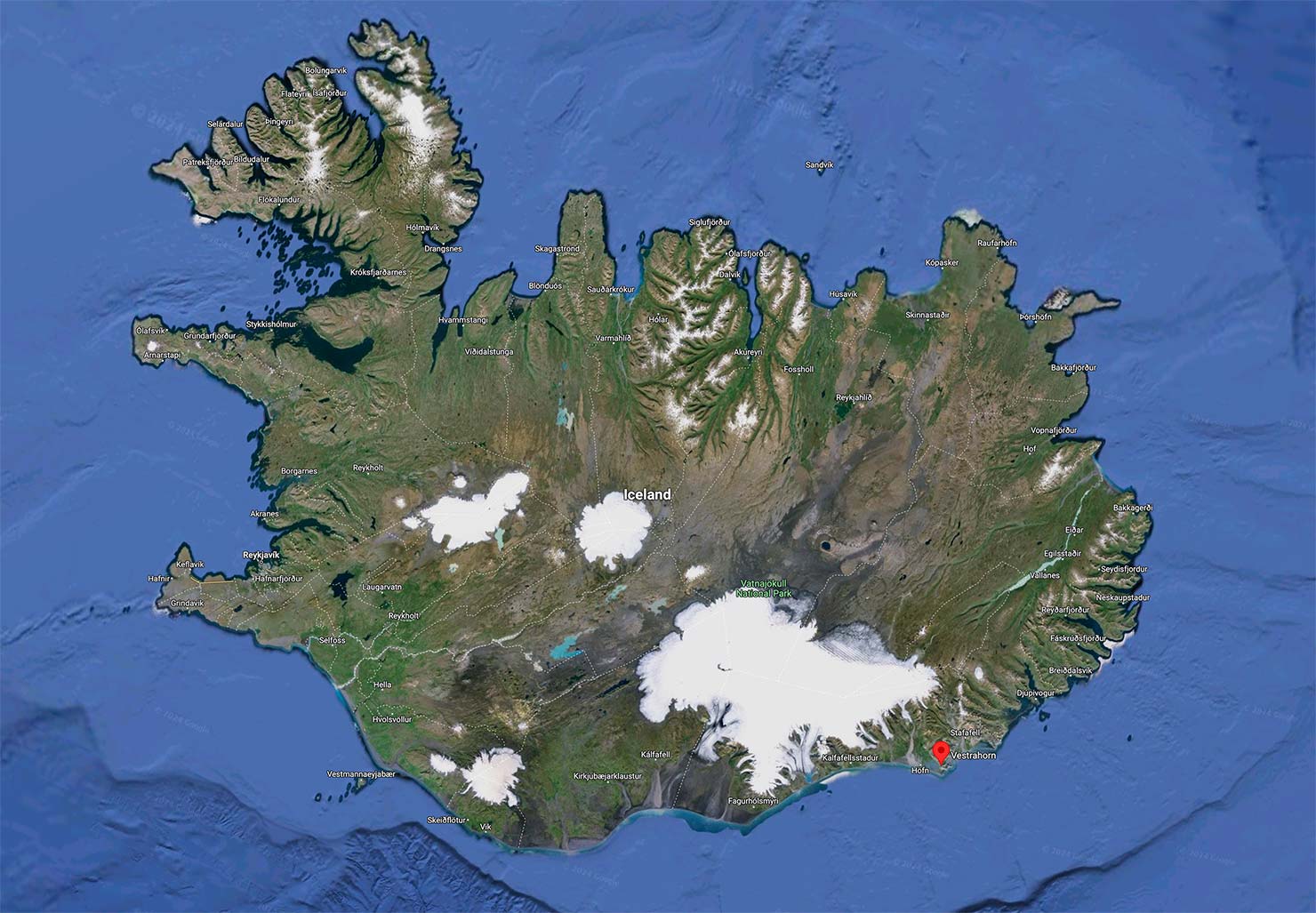
Approaching from the west, you’ll find the mountain takes a different shape every hour of every day, as light interacts with rapidly changing weather conditions – from rugged sliding rocks to snow-capped peaks – the shadows play above while their reflections add a calmness to the water below.
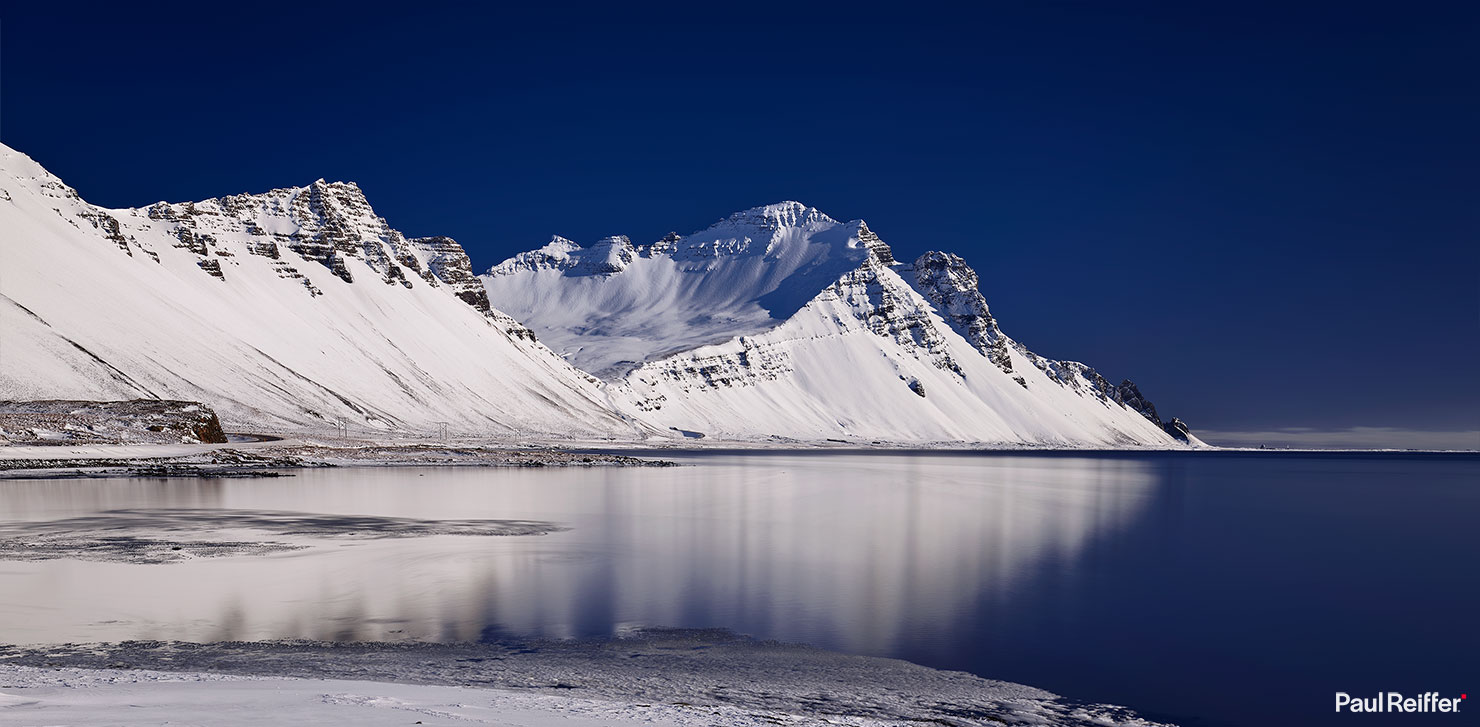
Venture even further east, and you’ll hit the Hvalnes peninsular; with its own black sand beaches and ragged outcrops – plus the iconic orange lighthouse looking out to sea.
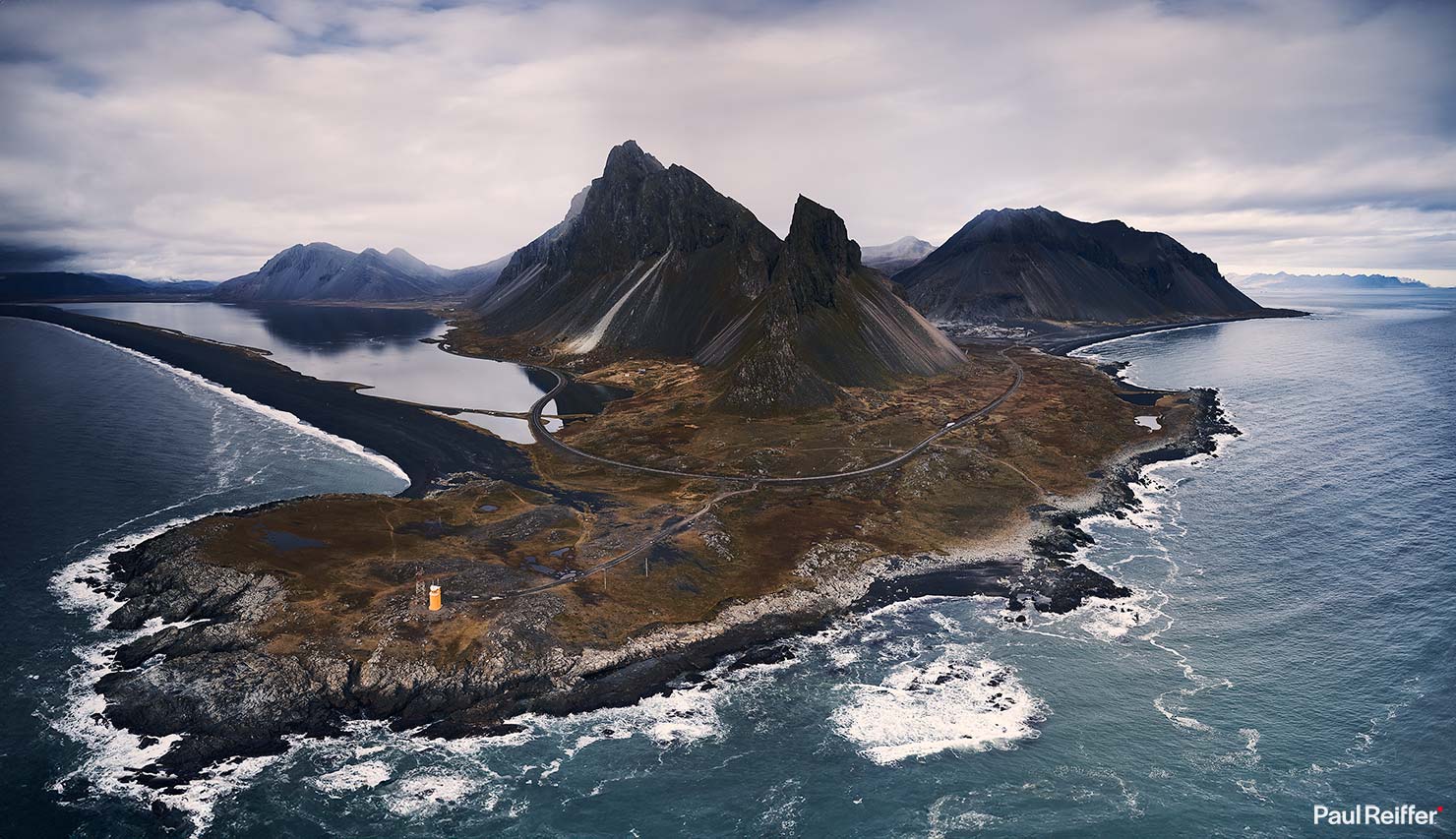
But while Hvalnes is incredible in its own right – it’s that view of Vestrahorn, looking back at the mainland from the old Stokksnes/Höfn US Air Station, that’s the winner for me in this area.
A stone’s throw from the lively fishing town of Höfn (pronounced more like “hup” for those confused when asking for directions!), it’s such a stand-out mountain that I don’t think I could ever just “drive past” this area without stopping off.
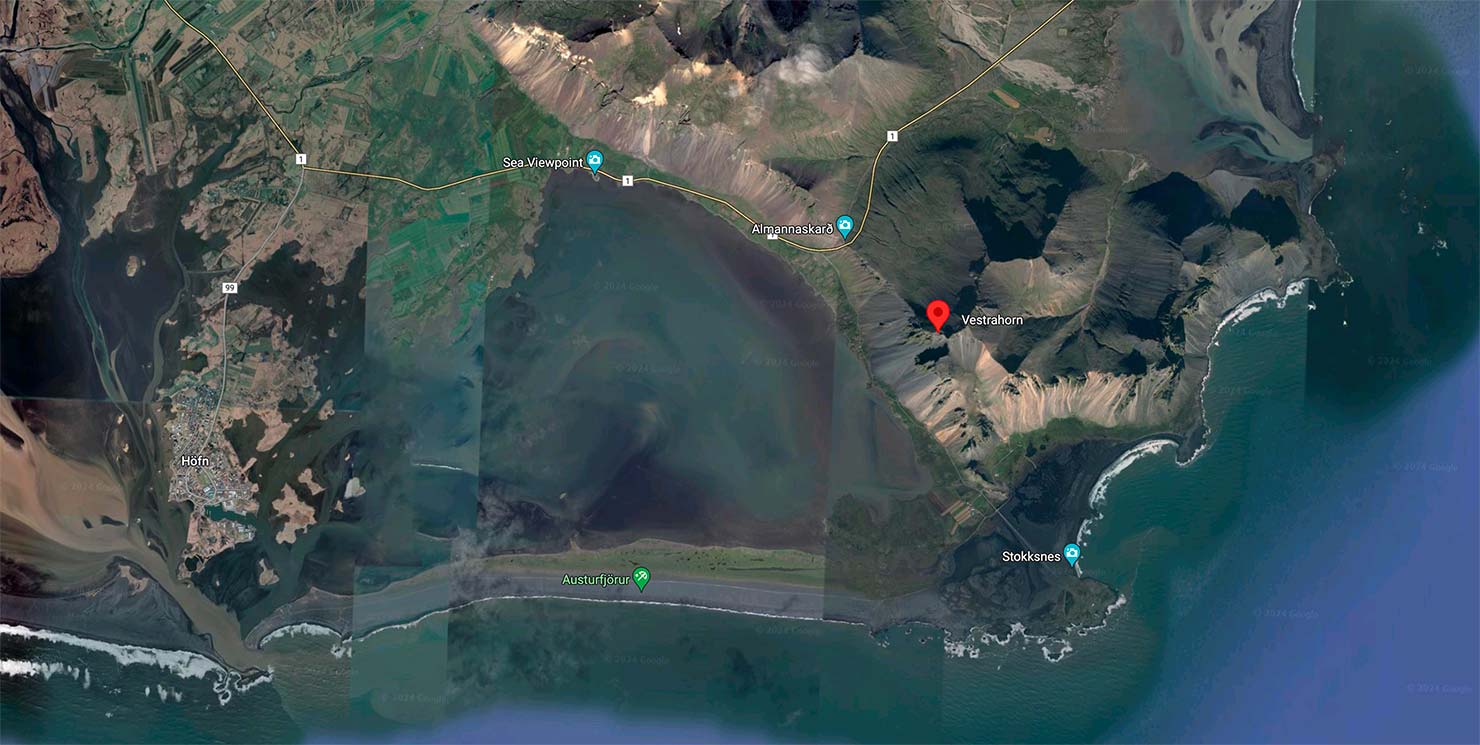
From up high, the sense of scale is hard to ignore – with a perfectly straight causeway leading in from the west, and a stunning black sand beach curving round to the east – the area in between is filled with a mix of fascinating geological features and iconic views.

One such feature – the reeded “bumps” of black sand dunes – seem to continually threaten to subsume that all-important road that gets us out to the view.

In winter, they form icy wind-breaks (it’s always windy at Stokksnes!) with shapes appearing in each formation as the air dances around them. At other times, they’ll help any incoming storm whip up the black sand into your eyes, kit, car, along with every area of your body from where you’ll be brushing it out over the next week.
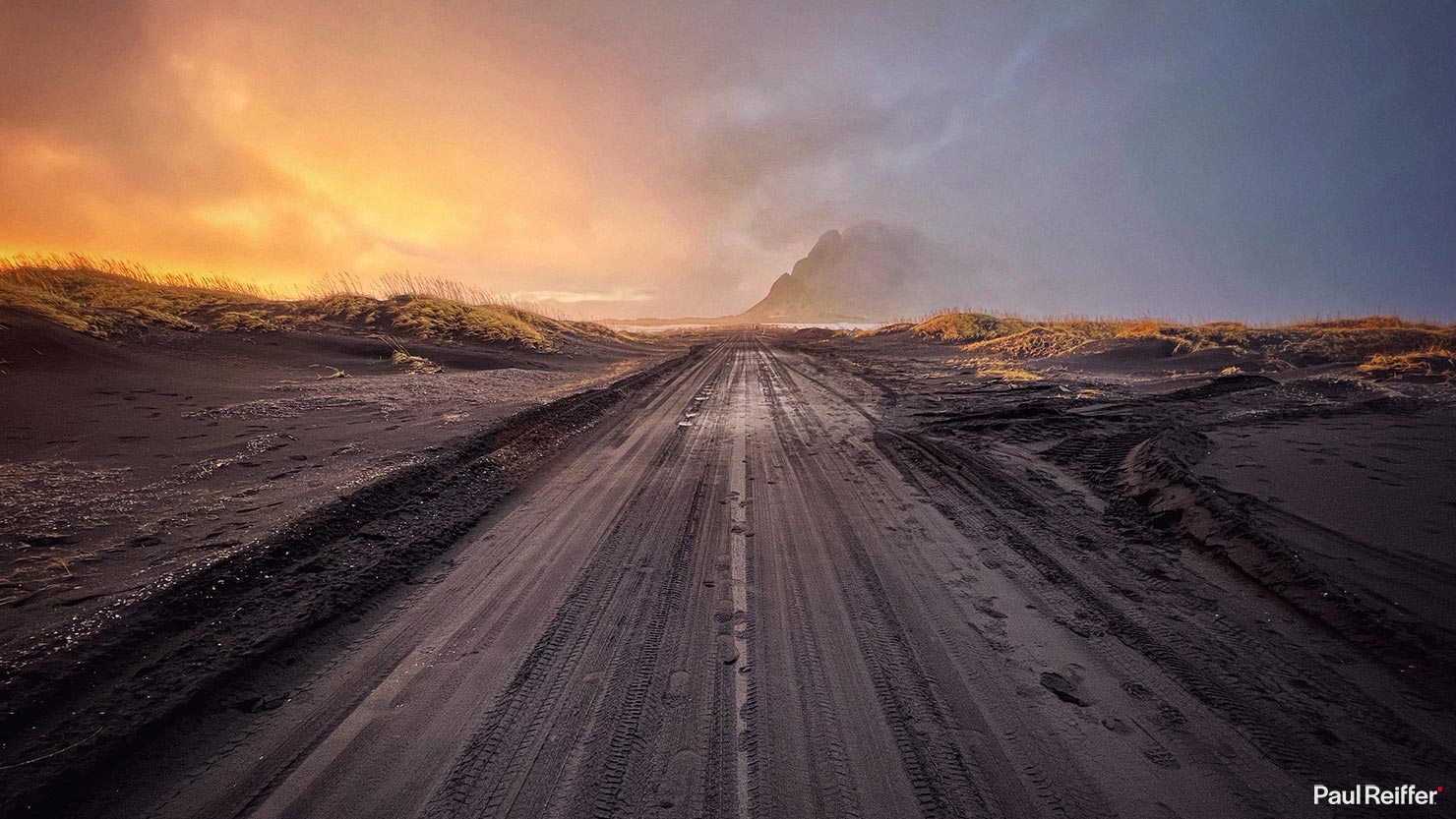
So given the harshness of the environment, the challenges of weather, the distance from “the main attractions” – why shoot here?
Because… It’s epic.

That perfect combination of extreme weather and cloud patterns, combined with a unique and rugged mountain ridge that’s full of layers for clouds to sit between, added to what feels like perfect sunset and sunrise positions for most of the year – is hard to beat.

Those tones, unmistakably Iceland, provide something really special to capture – or even just to sit and watch from the car if you don’t fancy vacuuming everything you own on return.
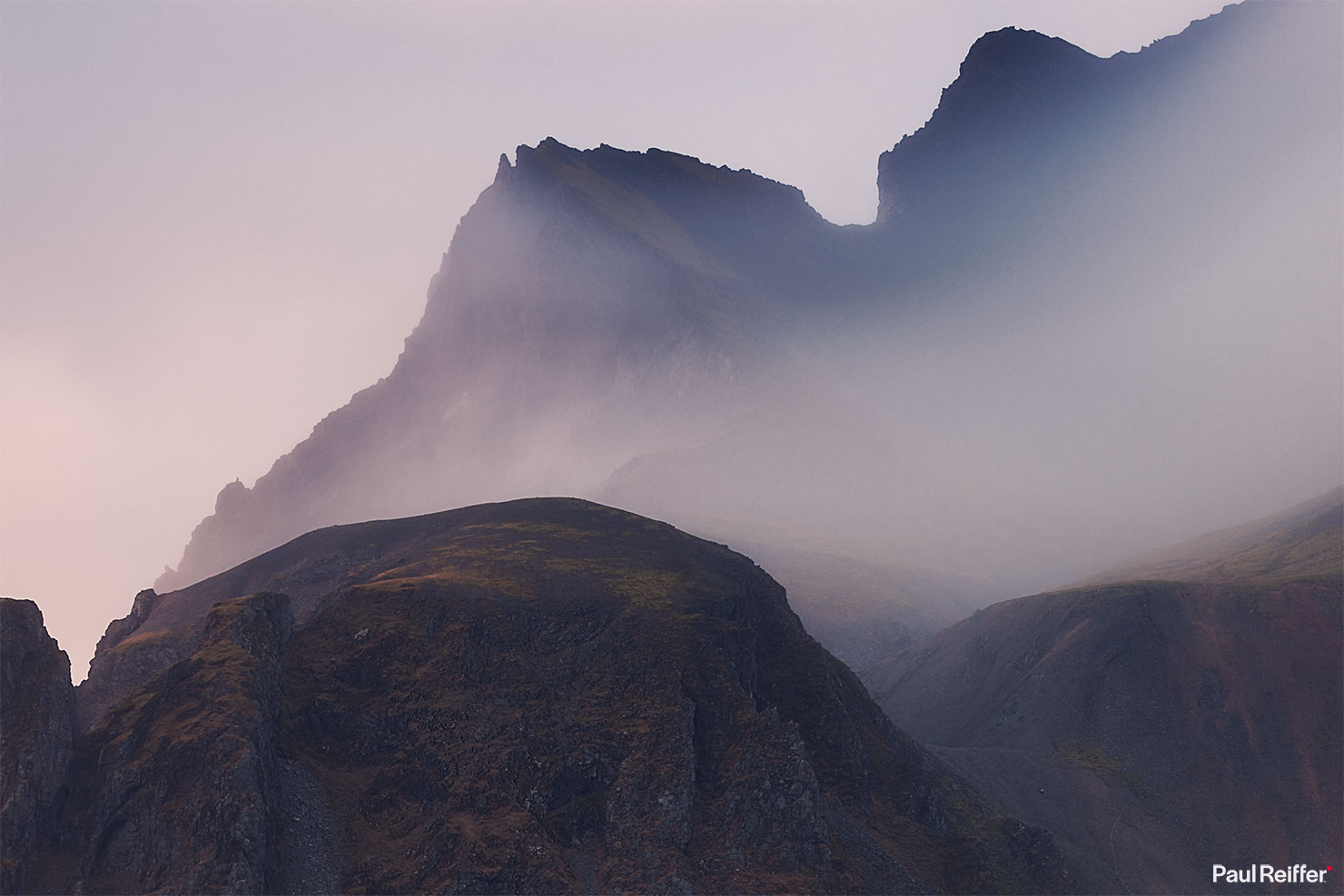
Now, one thing to bear in mind – this is private property.
In the years I’ve been visiting, things have changed from being freely allowed to explore the causeway, to being chased down for a small payment while shooting there, to needing to buy tickets in advance (when the “Viking Cafe” was open) after they installed the automated barrier gate.
And now, in recent years, adding (and eventually maintaining!) the self-service ticket machine to allow people to visit after-hours.
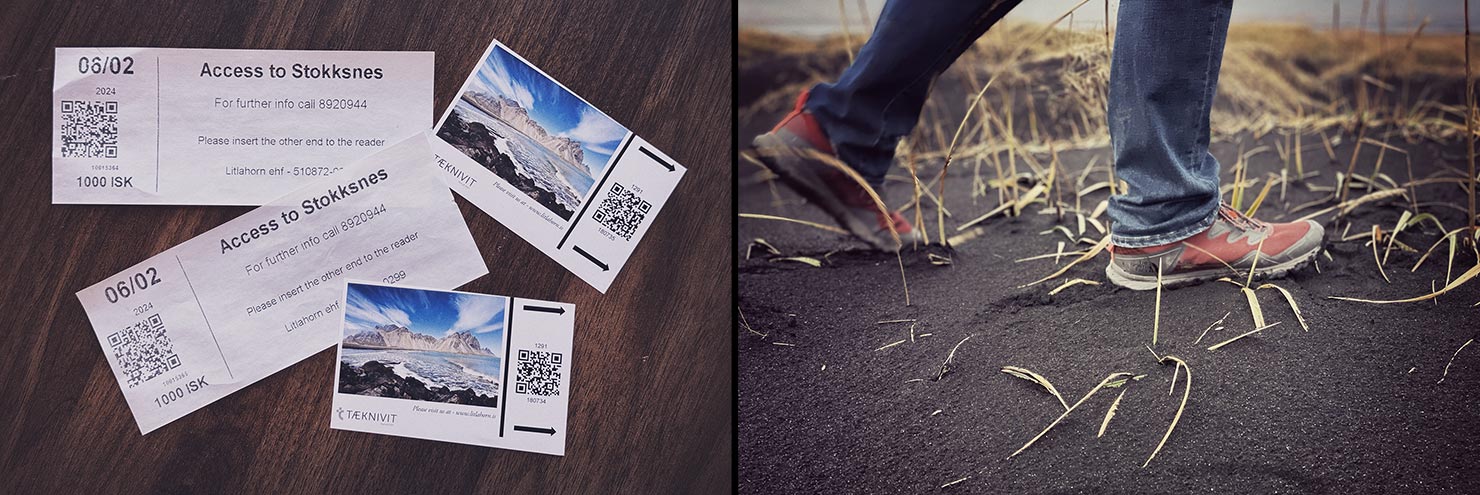
That Viking Cafe, of course, isn’t just a ticket office – it provides a decent option for a quick bite to eat and drink when you make it in, along with access to their “Viking Village movie set” (which was never actually used for a movie since being built in 2010, but hey, they tried?).
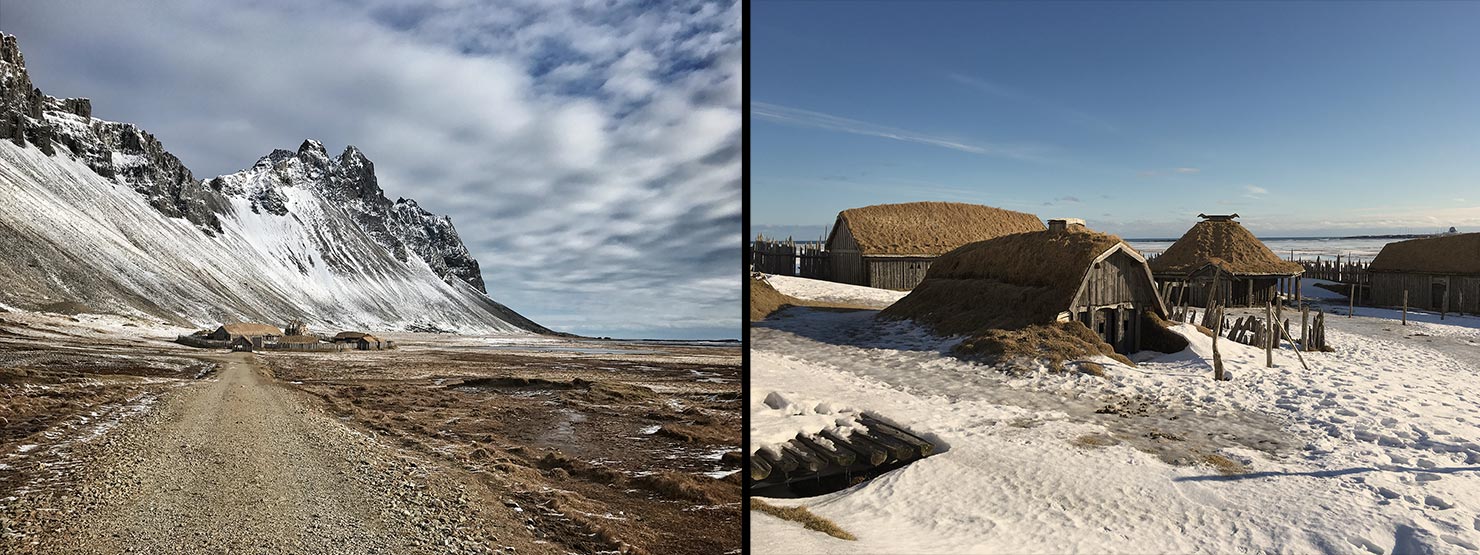
There’s also basic accommodation and a campground there – handy for those who want to spend more time exploring the area. Arguably more importantly, for me at least, is that they make a decent grilled ham and cheese sandwich and have cold diet coke on hand to buy…

Some (idiots) choose to anger the locals whose land this all sits on by attempting to “jump the gate” and/or tail through in their Toyota Yaris they’ve been persuaded is a 4×4 by the airport rental guys. But really, people – it’s $7/person, just pay the fee and be good visitors, eh?

Once out onto the causeway, you’ll find 4 or 5 obvious places to stop, and some less visited areas – but do bear in mind how quickly that sand can shift if parking too close to those dunes…
The ice that forms during the winter, by the way – if you plan on capturing any of its shapes in the sand, be sure to do that the second you see them as they won’t be around long once the wind kicks in.
(The images below were taken 4.5 minutes apart so you’ll see how rapidly things change.)
The move to keep that self-service ticket machine working (it seems to be more reliable these days) means unplanned access before or after the cafe opens is now a lot easier. You’ll need the barcode at the entry scanner to open the gate, and bear in mind each ticket is only valid once, but once you’re through you can stay as long as you want – at sunrise, sunset, or well into the night.
Just bear in mind the wind – wow that wind – and it really doesn’t matter what direction it’s coming from, it’ll batter you and your kit for the entire time you’re stood out there exposed to the elements on that coastline.
- Yes, a sturdy tripod is advised.
- Yes, spikes (or baskets) on the feet would be a good idea.
- Yes, wind-proof clothing is essential.
- No, long exposures are not easy.

But they are possible.
And if you get there just early enough before the sun actually rises, you can get a tiny window of calm and colour that’s pretty special.

While ultra-long exposures may be a challenge in these levels of wind, the good news is the clouds move fast, so if you can manage to last for 60 seconds or so, you can still “get the shot”. (You might just need to do a bit of makeshift “shielding” to protect from too much movement.)
Be careful with those footprints too…

Not only those of others (which everyone seems to get annoyed about while creating their own) – but many a photograph I’ve seen ruined by the photographer themselves walking into the scene to check out a different view, only to find their own footprints now front and centre of their shot.
In reality, the wind will mean they don’t last long – but there are days where it’s not strong enough, and finding a “pure” patch can be a challenge.
So that wind, those storms, really are both friend and foe.
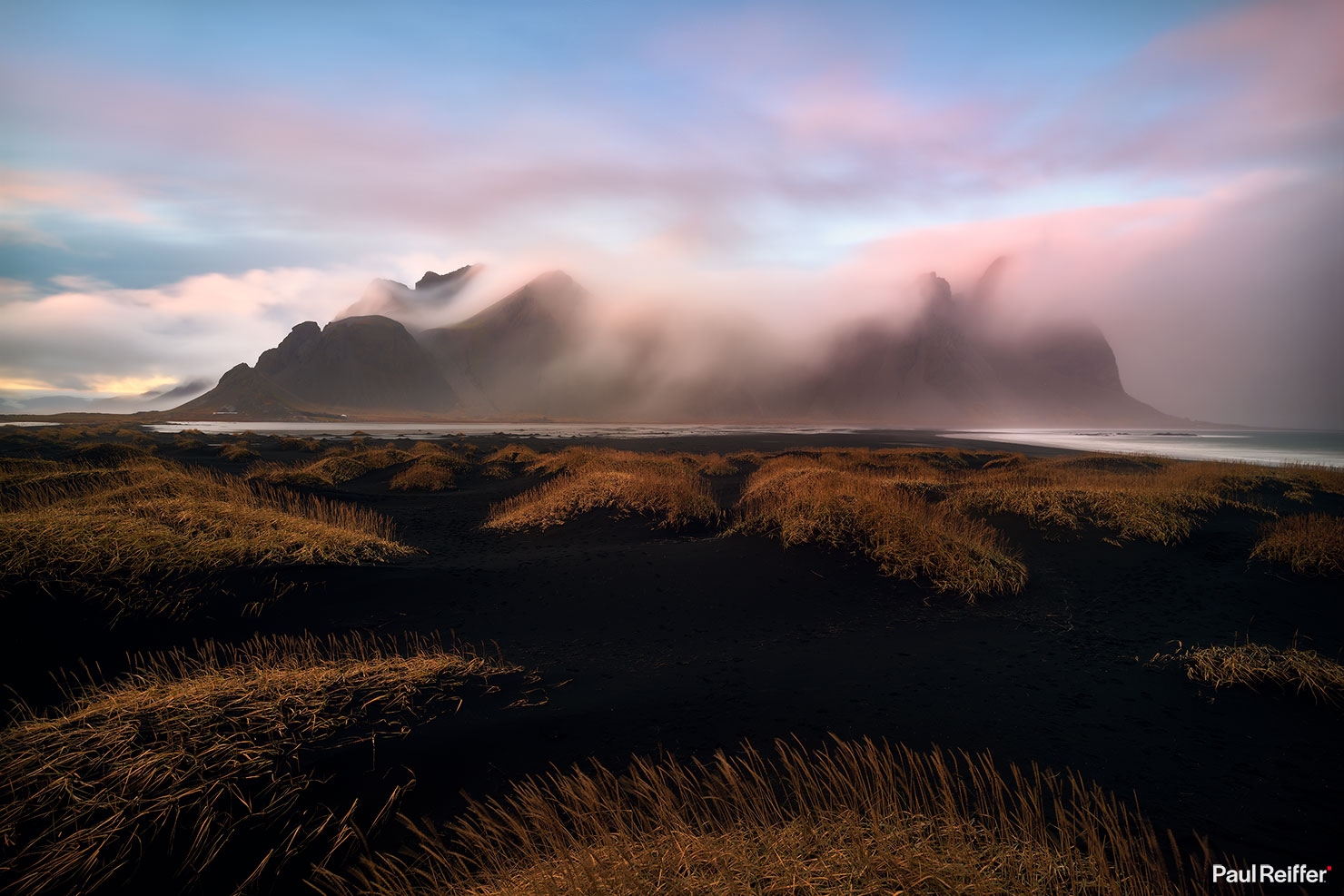
Speaking of storms – if only there was a location we could think of with a clear view to the north, an interesting foreground, and enough space around for others to shoot the Aurora Borealis in peace when we’re lucky enough for a solar show to arrive…

The shot below was responsible for my winning the Landscape Photographer of the Year award in 2022 – captured while filming for our workshops video – and is a frame I don’t think would have worked quite as well with any other subject against the Northern Lights.

Of course, a dramatic sky can always enhance any subject – but Vestrahorn can hold its own even with a blue sky and very little cloud.
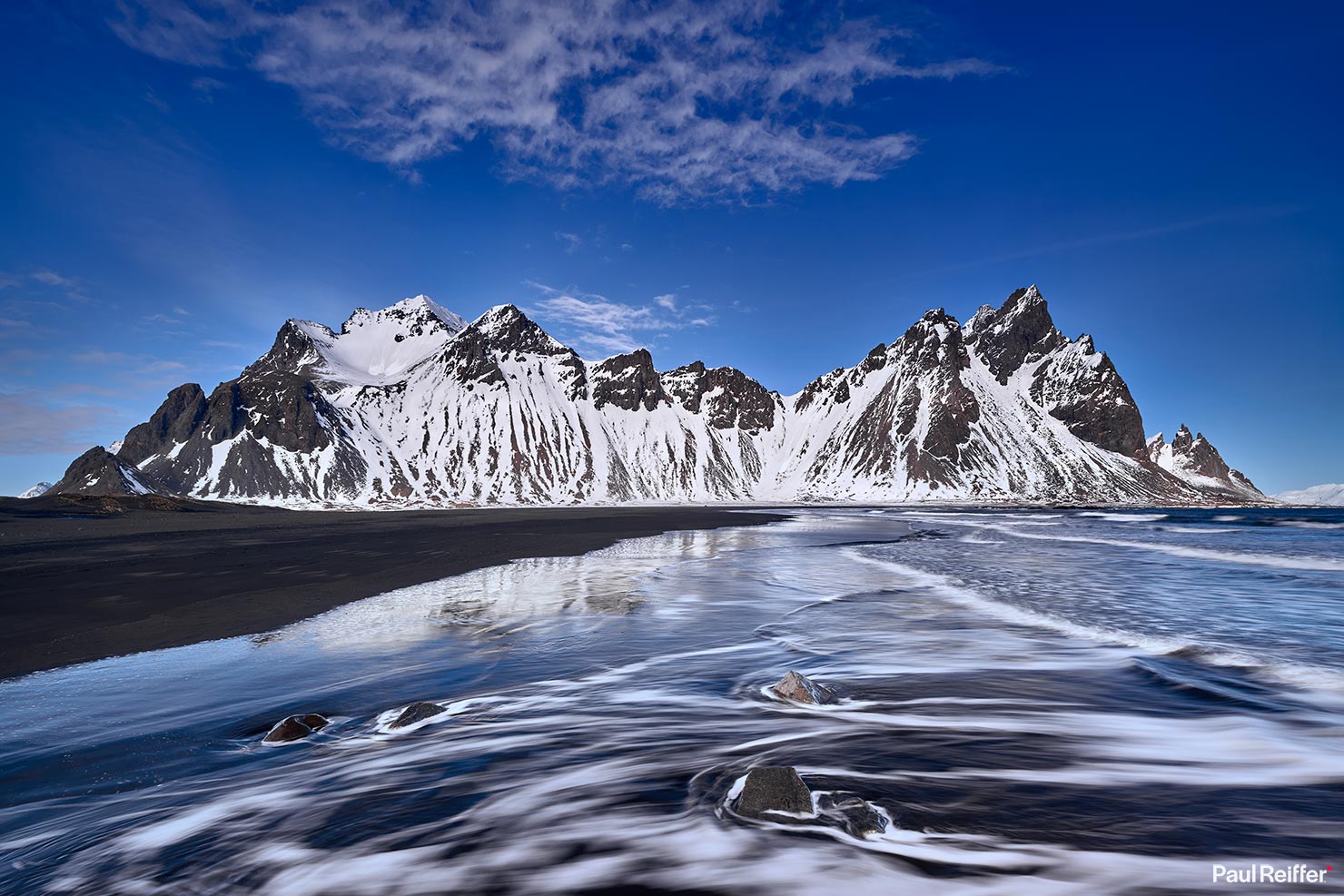
With a small amount of ND to allow for a couple seconds of exposure, those mountains still look amazing when dusted with snow.
Not too much snow, mind – there’s a sweet spot, in my view, when it comes to capturing the view in winter and too much snow can kill it.

Hit the area just after a major drop of the white stuff, and you’ll actually lose some of the drama and definition in the rocks, along with the dunes looking a lot more messy than I’d want in a frame.
Plus, that level of winter is cold enough already – without adding in the bitter wind coming off the Arctic Seas. And no amount of fashion fail will help you recover from an afternoon in a blizzard at the end of Stokksnes.

…a hotdog might, however.
So what about when, sometimes, it’s calm enough for the shallow waters to be still?
Typically at sunrise, when the tidal lagoon between the causeway and main black sand bay has filled with water and remained still thanks to a calmer wind and ocean – something special happens.

In winter, an impossibly thin crust of ice can form on the surface with intricate patterns and details – but look up and back towards Vestrahorn and you might notice a truly amazing sight.
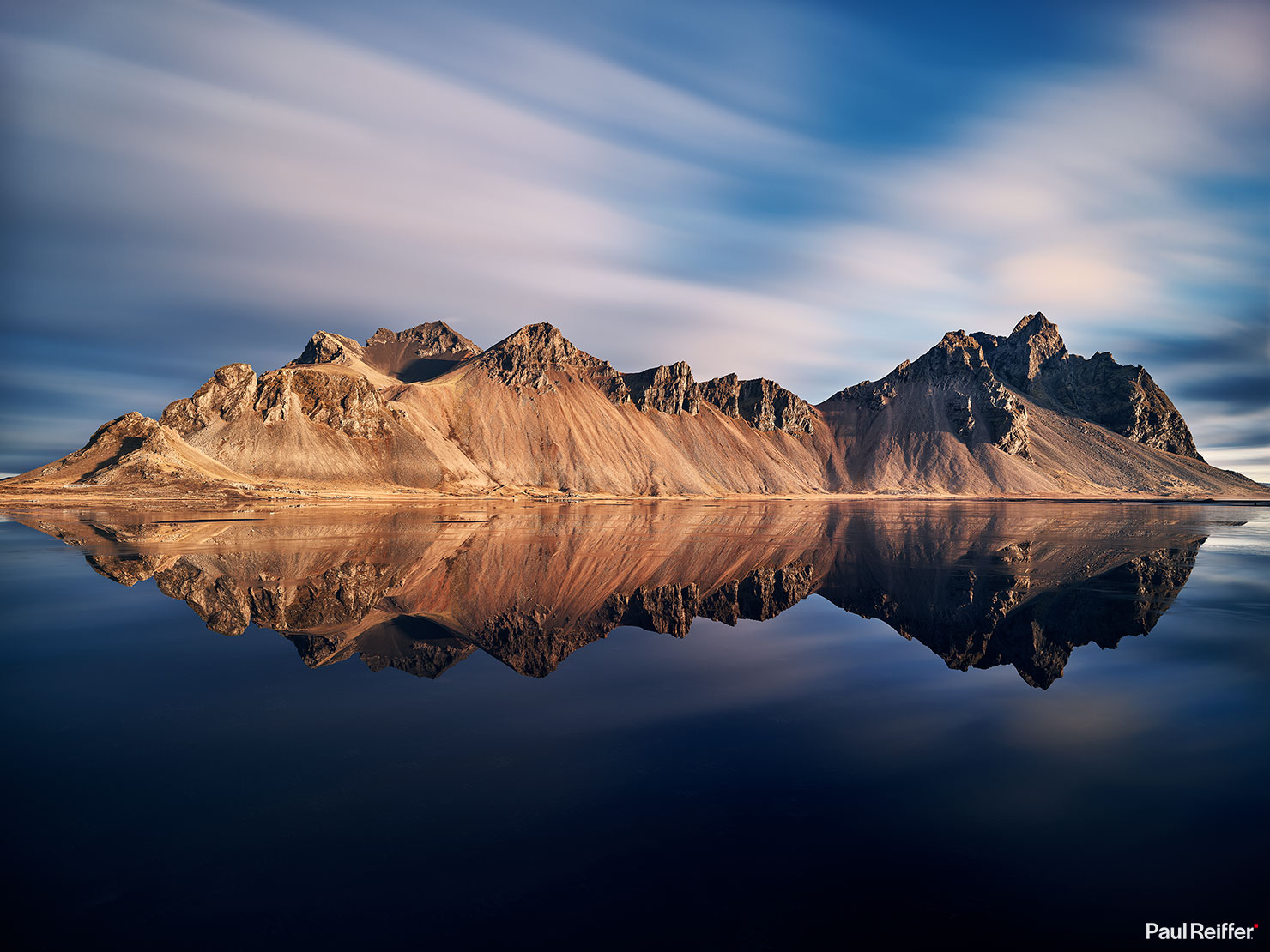
Those thin ice patches create “scuffs” in the water when seen as a reflection – but if anything that actually helps prove it’s a reflection and not a digital trick.
This view of Vestrahorn really can produce the king of all mirror images.
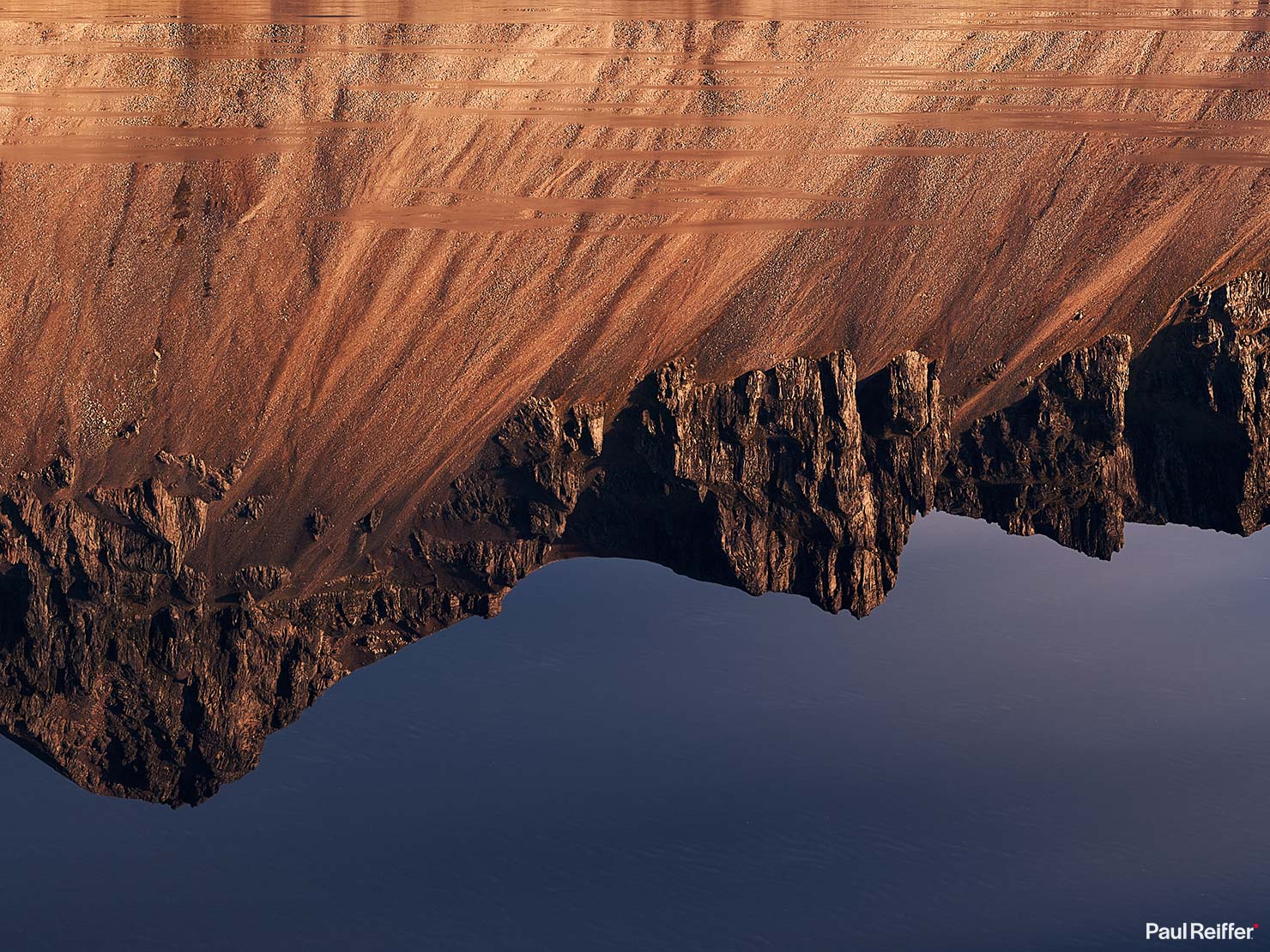
As with the dunes – be careful with those footprints: The mirror is caused by a ridiculously thin layer of water over soft black sand, so footprints stand out once made.
(In other words, make your footprins behind your shot, never in front…!)
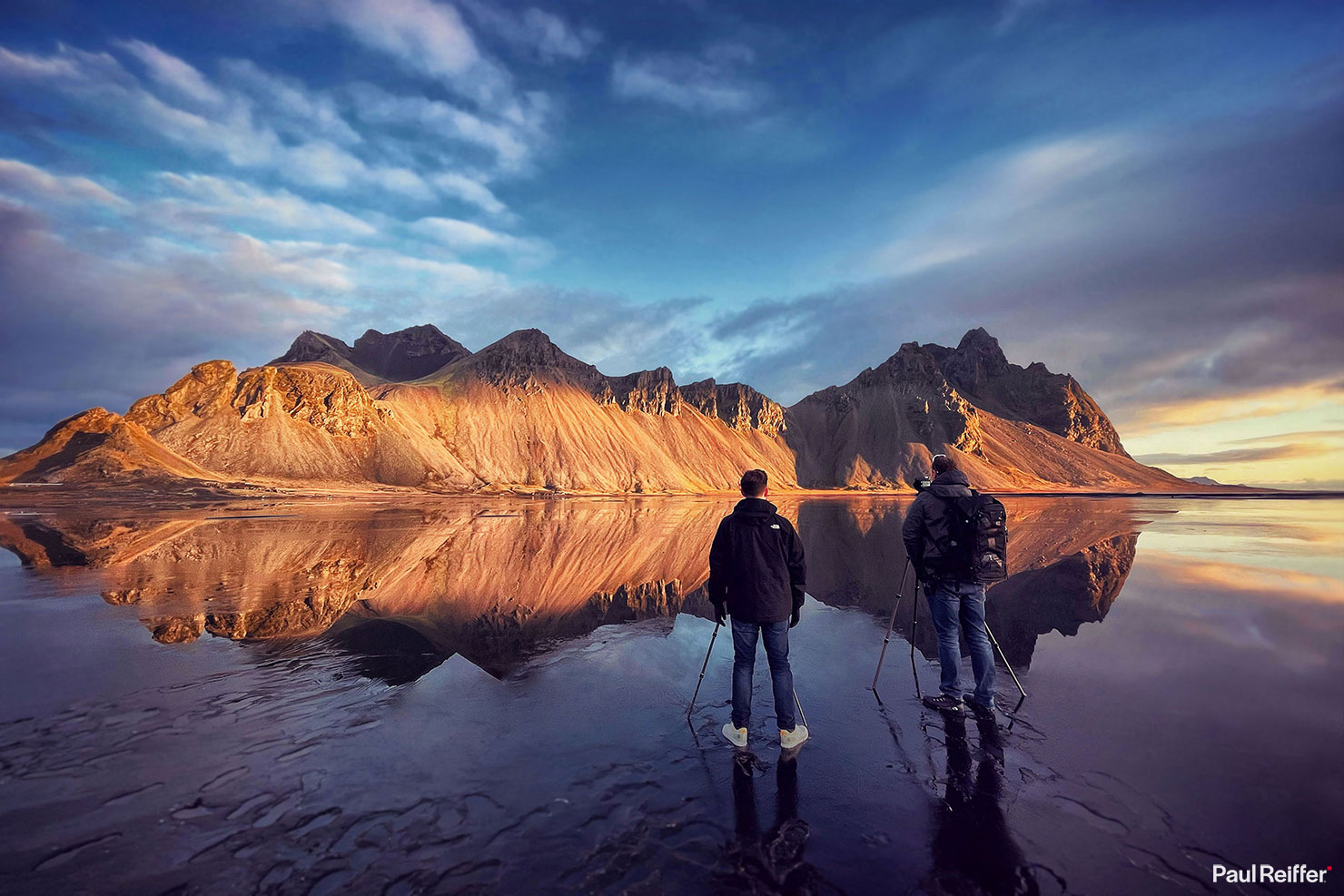
But what a way to spend a morning – especially as that sunshine hits and warms things up for a few minutes before the wind begins again for the day ahead.
So what are our “ideal conditions” here?
Honestly, any and all.
Ice or sun, wind or calm, wet or dry, Vestrahorn still looks as impressive as any other day, regardless of when you visit.
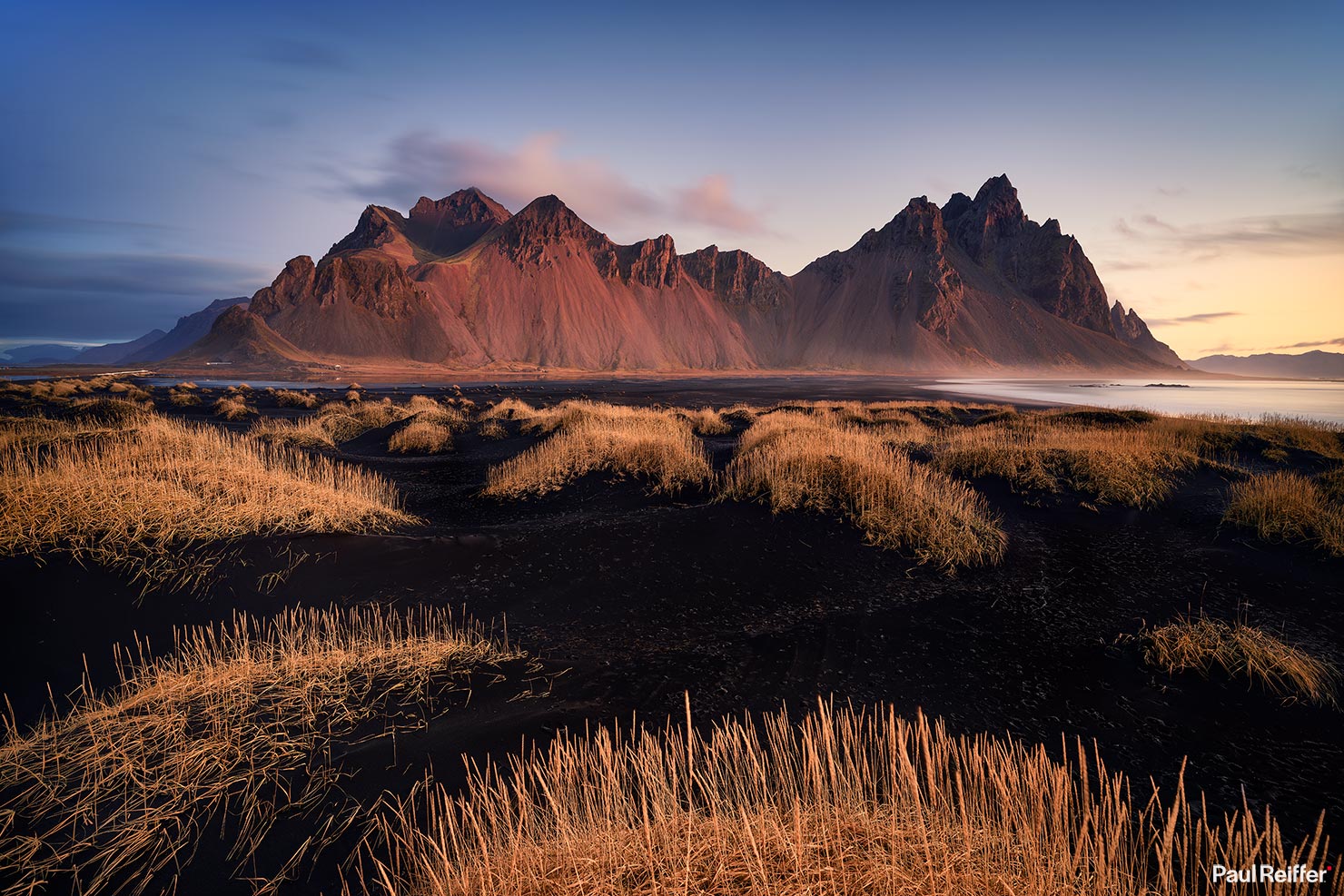
Sunrise can be really special – especially in the winter (in the summer it rises and sets behind the mountain which can be a challenge). Midnight sun, on the other hand, can deliver a pink glow for hours through the night if you time it right.
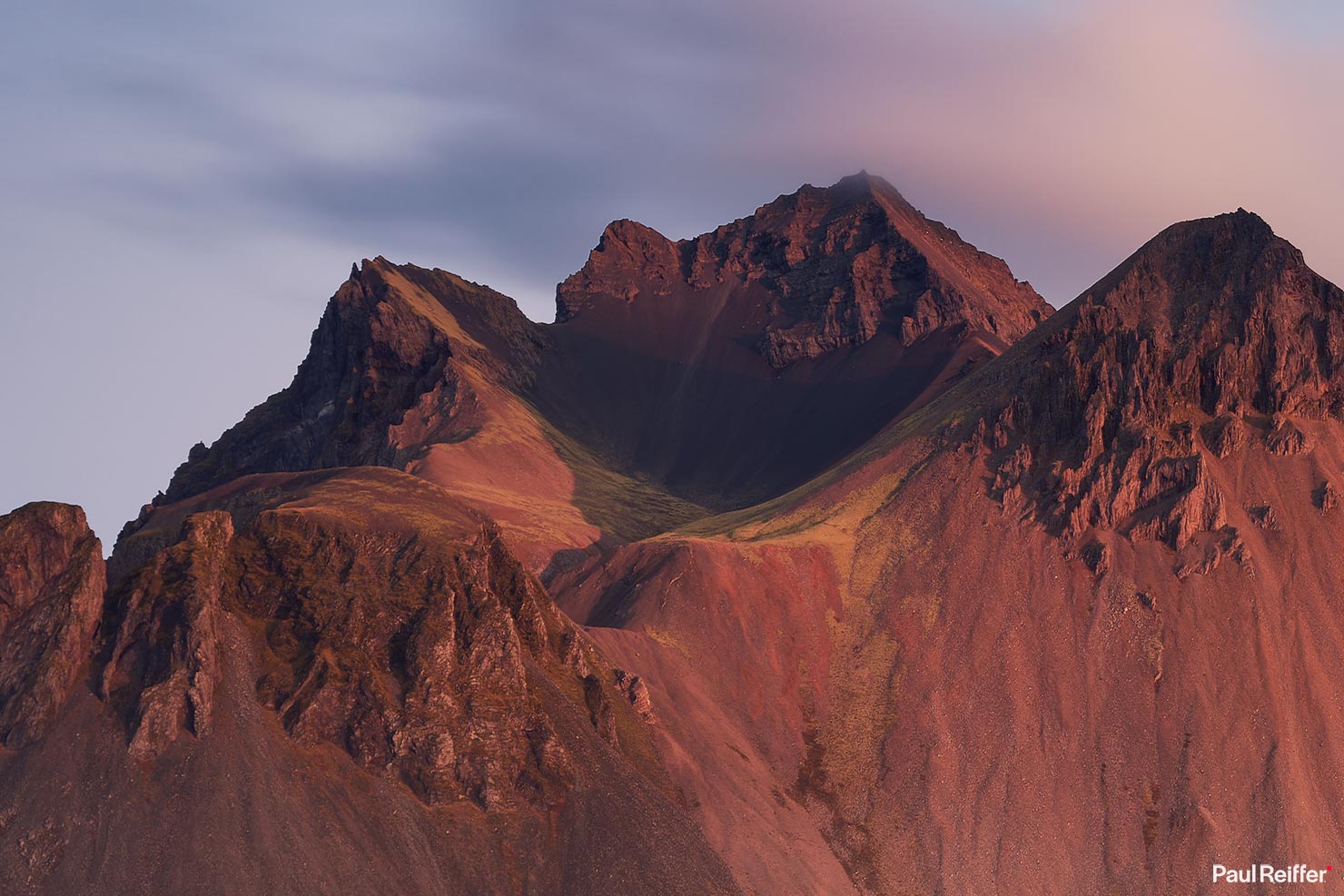
We want “just the right amount of wind” – enough to move clouds above the mountain for contrast, but not so much that the reeds blur completely, leaving confusion.
But in some ways, none of that matters – Vestrahorn will deliver its own unique mix that differs on every visit. It’s neither predictable, nor stable, and that’s what’s so fantastic about this place.
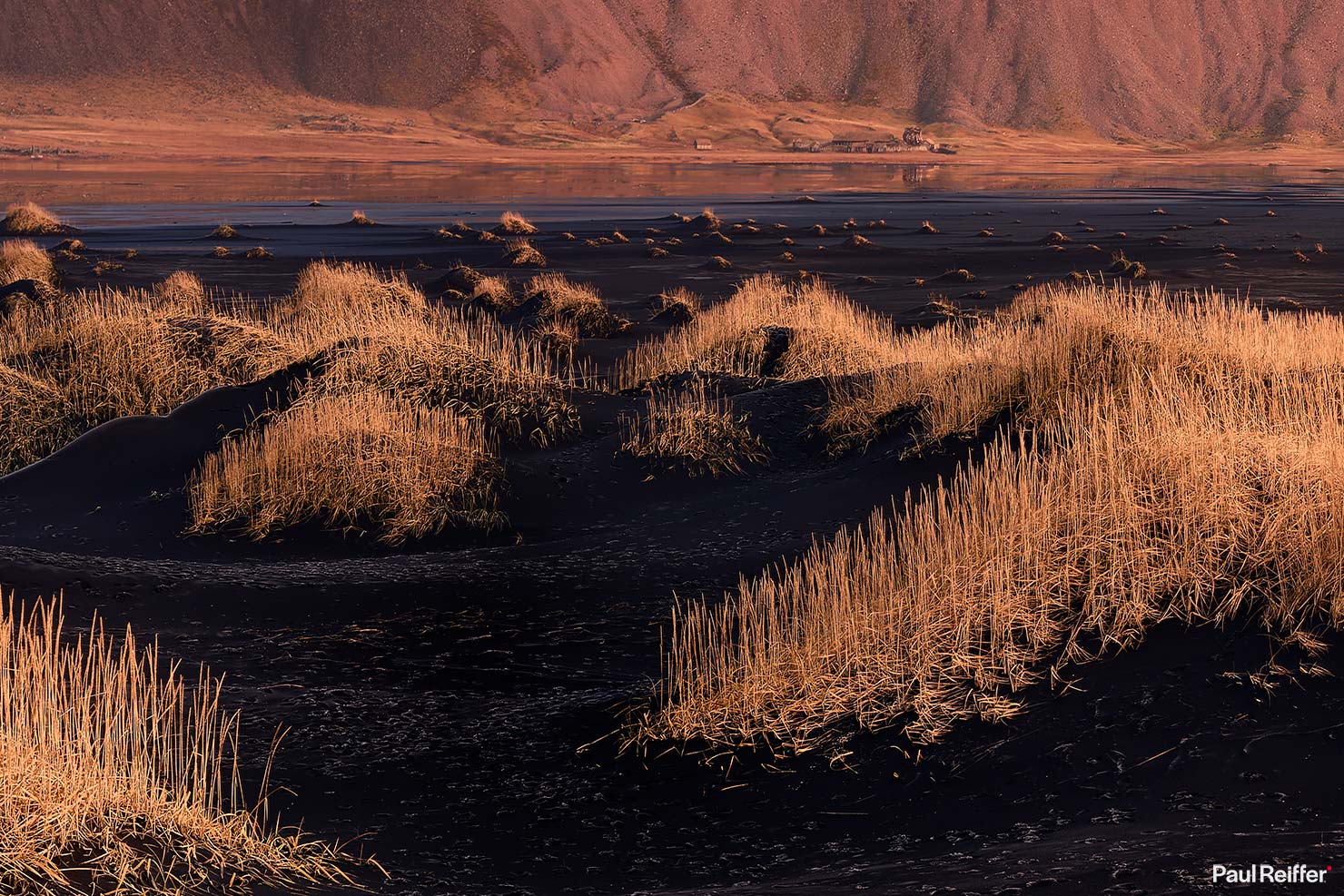
Even if the conditions make it impossible to shoot – just keep an eye on that mountain: Things change rapidly here, and even if they don’t, it’s very much an epic place to be.
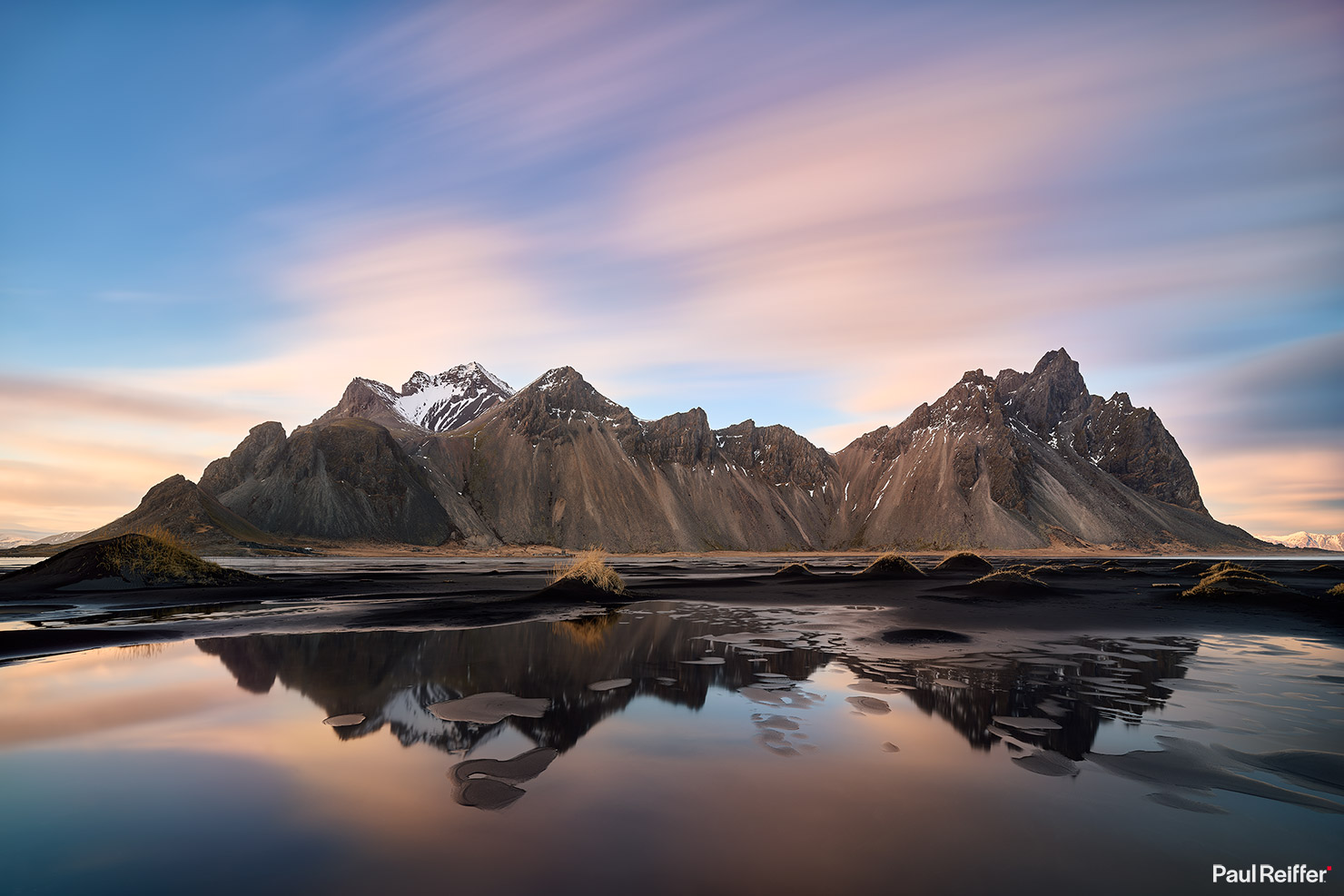
The next time you head to Iceland – just aim to go just that little bit further…
So what about our learnings from this trip? Well…

- “The Heat Company”s Heat 3 SMART PRO gloves are not “smart”, “Pro” or “hot” – I’d avoid at all costs. I see people recommending these $200+ gloves for arctic conditions, I assume they’re either paid or joking.
- I don’t know which came first, but it doesn’t matter which size you go for – a “Prince Polo” is a lame excuse for a Kit-Kat : Don’t do it to yourself.
- Icelandic hotel room art leaves a LOT to be desired. Not sure if this was ironic, meant to be funny, or a serious decoration choice – but it fails on all 3 counts.
- Best seafood restaurant in Höfn? Still, to my mind, remains as Pakkhús – just a shame their renovations seem to have ran on for longer than planned. Maybe next time…
